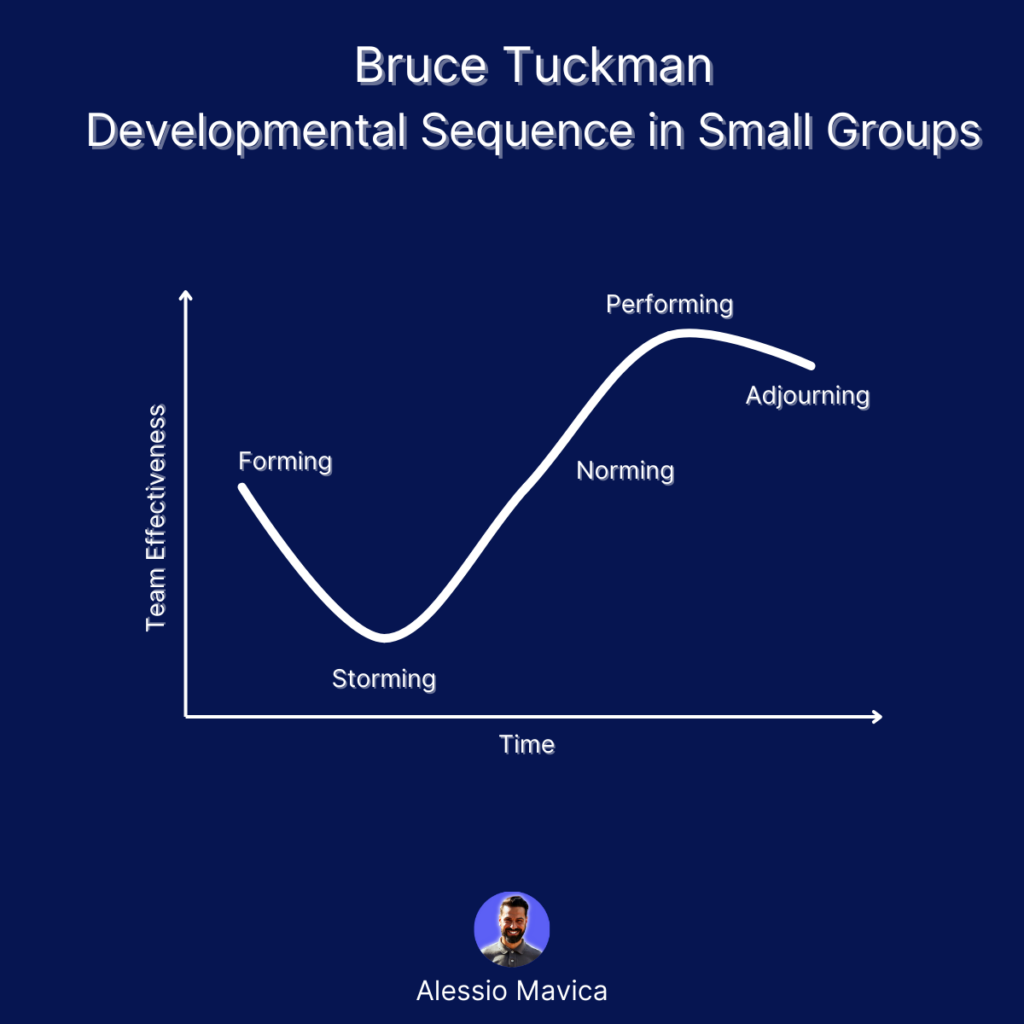How to track project scope creep in AgencyDots
In the world of project management, scope creep is a common yet often misunderstood phenomenon. It’s that sneaky process where a project’s scope starts expanding beyond its initial objectives, leading to unforeseen complications. If you’ve ever found yourself wondering why a project that seemed simple at first turned into a complex, never-ending task, you’ve likely encountered scope creep. But what exactly is scope creep, and how can you manage it effectively? Let’s dive into how to track it, which every project manager, especially in software development, needs to master.
What is Scope Creep?
Scope creep occurs when the scope of a project increases uncontrollably during its life cycle. This can happen due to added features, changes in requirements, or miscommunication among stakeholders. Unlike deliberate changes managed through a formal process, scope creep is usually unplanned and can significantly disrupt a project’s timeline, budget, and quality.
How can you track it in AgencyDots
Why is important to track scope creep
1. Impact on Project Success
Scope creep can significantly affect a project’s outcome if left unchecked. By tracking it, project managers can:
Maintain Project Focus
Monitoring scope creep helps keep the project aligned with its original objectives and prevents it from veering off course.
Meet Deadlines
Uncontrolled changes often lead to delays. Tracking scope creep allows teams to stay on schedule and meet important milestones.
Control Costs
Additional unplanned work typically increases project costs. By tracking scope creep, managers can keep the project within budget.
2. Resource Management
Effective tracking of scope creep enables better resource allocation:
Prevent Overwork
It helps avoid overburdening team members with unexpected tasks, reducing stress and potential burnout.
Optimize Resource Allocation
By identifying scope creep early, project managers can adjust resource allocation to accommodate necessary changes without compromising other aspects of the project.
3. Quality Control
Tracking scope creep is essential for maintaining project quality:
Ensure Deliverable Quality
By focusing on the original project scope, teams can deliver high-quality results that meet stakeholder expectations.
Avoid Rushed Work
Preventing last-minute additions helps avoid rushed, low-quality work to meet deadlines.
4. Stakeholder Satisfaction
Proper scope management leads to better stakeholder relationships:
Meet Expectations
By delivering what was initially promised, projects are more likely to satisfy stakeholders and clients.
Improve Communication
Tracking scope creep facilitates better communication with stakeholders about project boundaries and potential changes.
5. Learning and Improvement
Monitoring scope creep provides valuable insights for future projects:
Identify Patterns
Tracking helps identify common causes of scope creep, allowing teams to develop strategies to prevent it in future projects.
Refine Estimation Skills
By understanding how scope changes impact timelines and resources, teams can improve their project estimation abilities.In conclusion, tracking scope creep is vital for maintaining project focus, managing resources effectively, ensuring quality deliverables, satisfying stakeholders, and continuously improving project management practices.
Try AgencyDots for free!
Control your entire project portfolio from one place.
Make your software development agency efficient.
No credit card required.

